Real Estate Market Update: Essential Foundation Tips When Buying Your New Home!
Real Estate Market Update: Essential Foundation Tips When Buying Your New Home!
In this Real Estate Market Update, we delve into crucial insights about foundation inspections when purchasing a new home. Understanding the condition of a home's foundation can save buyers from costly repairs and ensure a sound investment.
🔍 Introduction to Foundation Inspections
Foundation inspections are critical when buying a home. They help identify potential issues that could lead to costly repairs down the line. A thorough inspection ensures that the foundation is not only stable but also conducive to a safe living environment.
Inspectors look for various signs of distress, such as cracks, moisture, and structural integrity. Understanding these aspects can empower buyers to make informed decisions in the real estate market.
What Inspectors Look For
- Cracks: Inspectors check for horizontal and vertical cracks, which could indicate settlement or shifting.
- Moisture: Excessive moisture can weaken a foundation over time, leading to mold and structural issues.
- Material Condition: The condition of materials like CMU (Concrete Masonry Units) is assessed for durability and safety.
🏠 Understanding the Crawl Space
The crawl space is an often-overlooked area that plays a significant role in the overall health of a home's foundation. It provides access to plumbing, electrical systems, and ventilation. However, it can also be a hotspot for pests and moisture issues.
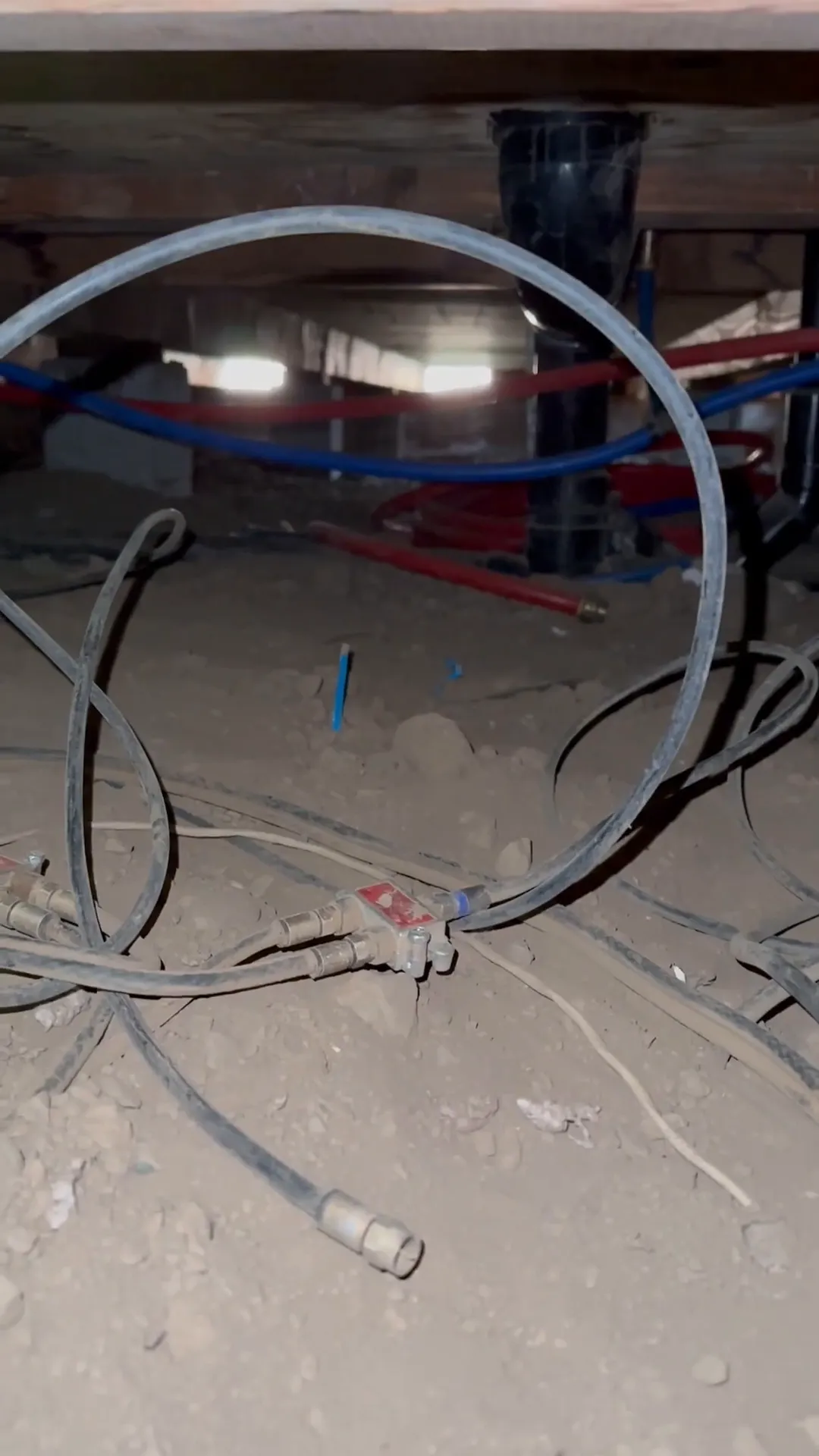
Importance of Crawl Space Maintenance
Regular maintenance of the crawl space can prevent severe foundation problems. Here are some essential maintenance tips:
- Keep the area clean and free of debris to deter pests.
- Ensure proper ventilation to avoid moisture buildup.
- Check for signs of water intrusion and address them promptly.
🧱 Types of Foundations: CMU Explained
CMU, or Concrete Masonry Unit, is a common foundation type. These blocks are known for their strength and durability. However, like any material, they have their vulnerabilities.
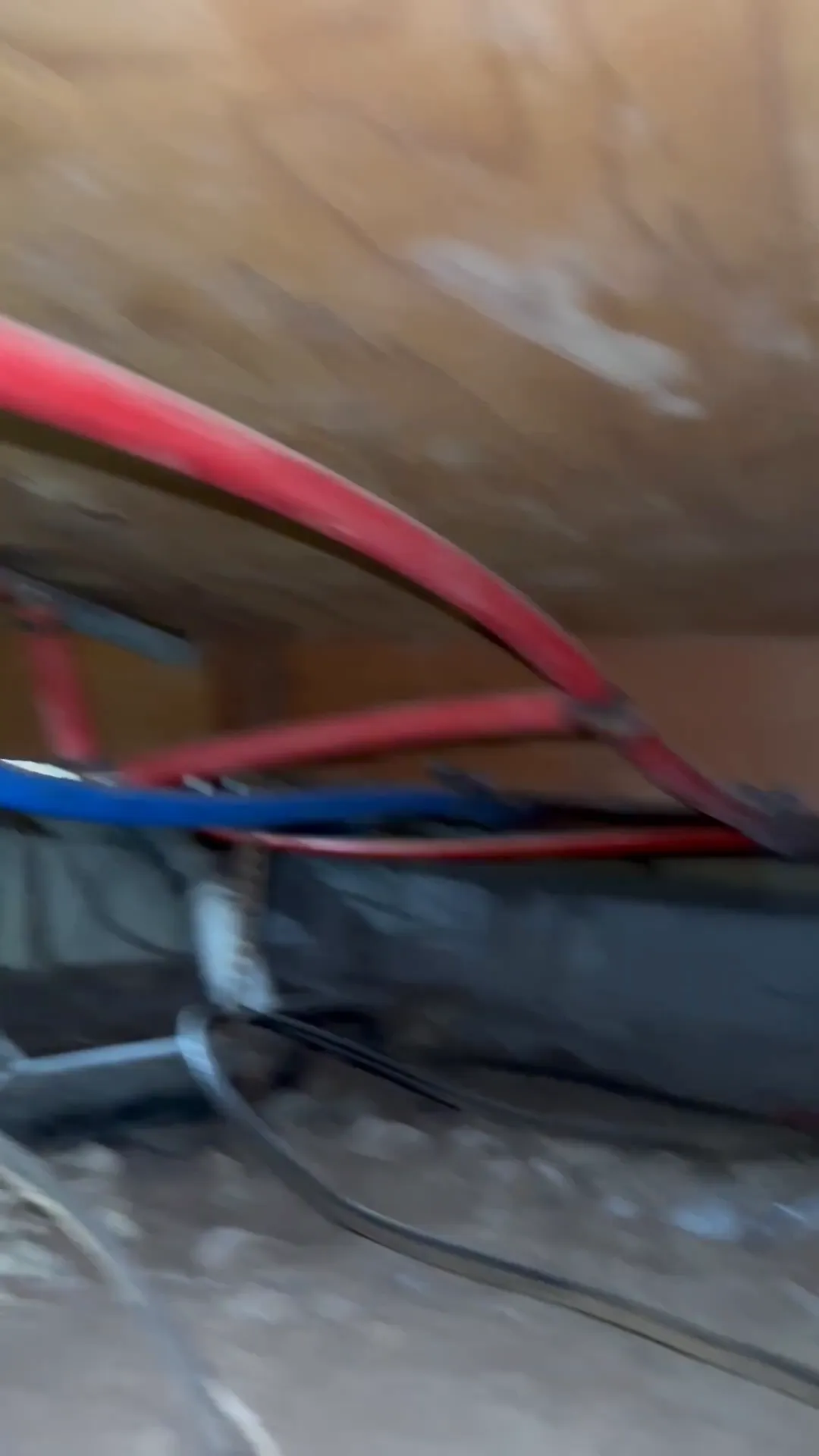
Benefits and Drawbacks of CMU Foundations
- Benefits: CMU foundations offer excellent resistance to pests and fire, making them a popular choice.
- Drawbacks: They can be susceptible to moisture issues if not properly sealed and maintained.
🦺 Safety Precautions for Inspectors
Foundation inspection can be hazardous. Inspectors must follow strict safety protocols to protect themselves while on the job. This includes wearing protective gear and being aware of potential hazards in the crawl space.
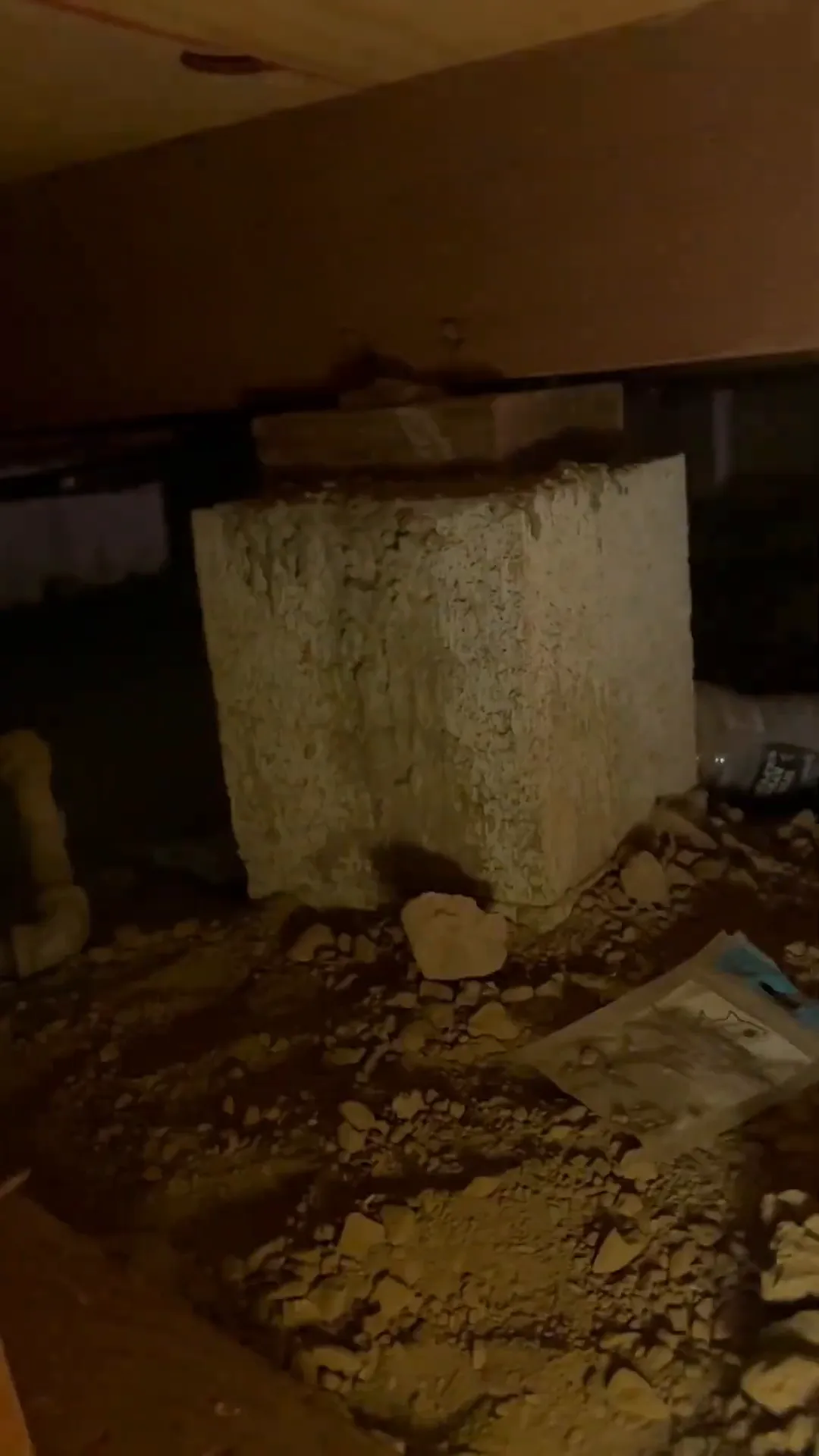
Key Safety Practices
- Wear gloves and knee pads to protect against sharp objects.
- Use a flashlight to navigate dark areas safely.
- Be cautious of unstable surfaces and debris that could cause trips or falls.
🐜 Identifying Termite Risks
Termites pose a significant threat to the structural integrity of a home. They are often found in crawl spaces, where moisture and wood debris create an ideal environment for infestation.
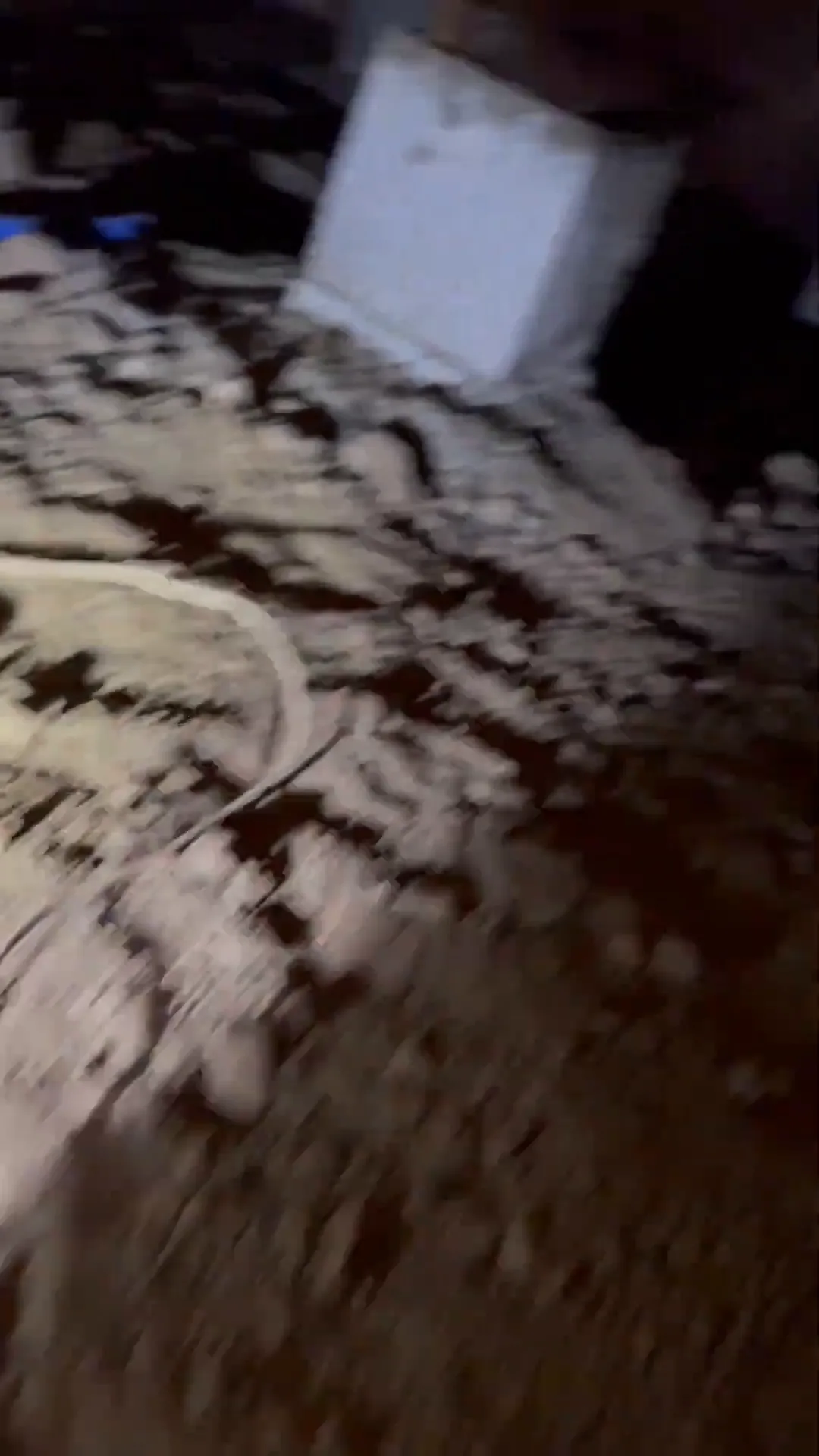
Signs of Termite Infestation
- Wood Damage: Look for hollow-sounding wood or frass, which are signs of active termites.
- Moisture Presence: Termites thrive in moist areas, so check for leaks or water damage.
- Cellulose Debris: Remove cardboard and wood debris that attract termites.
🔨 Assessing Structural Integrity
Evaluating the structural integrity of a foundation is crucial for determining its stability. Inspectors assess various components, including beams, posts, and anchor bolts.
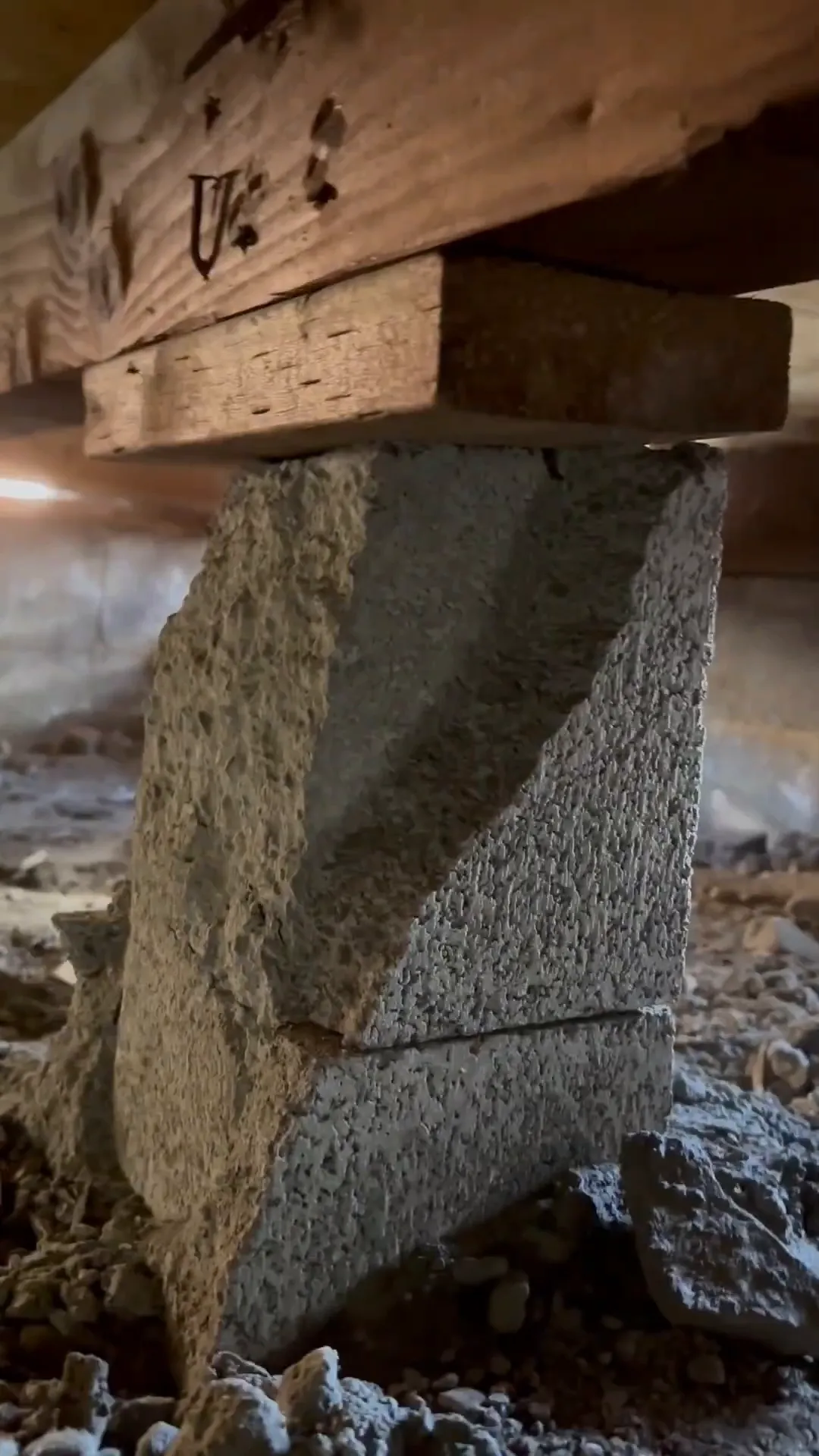
Key Structural Elements to Inspect
- Beams and Posts: Ensure they are not cracked or broken, as this can compromise the foundation.
- Anchor Bolts: Check for rust and corrosion, which can weaken their holding capacity.
- Connections: Inspect the connections between beams and posts for any signs of failure.
By understanding these aspects of foundation inspections, homebuyers can navigate the real estate market with greater confidence. A solid foundation is essential for a safe and secure home, making it imperative to conduct thorough inspections before finalizing any purchase.
🏗️ Importance of Seismic Retrofitting
Seismic retrofitting is a critical consideration for homeowners, especially in areas prone to earthquakes. This process enhances the structural integrity of a home, making it more resilient against seismic activity.
In the context of foundation inspections, retrofitting can prevent catastrophic failures and ensure safety. It involves reinforcing the foundation and connecting it more securely to the structure above.
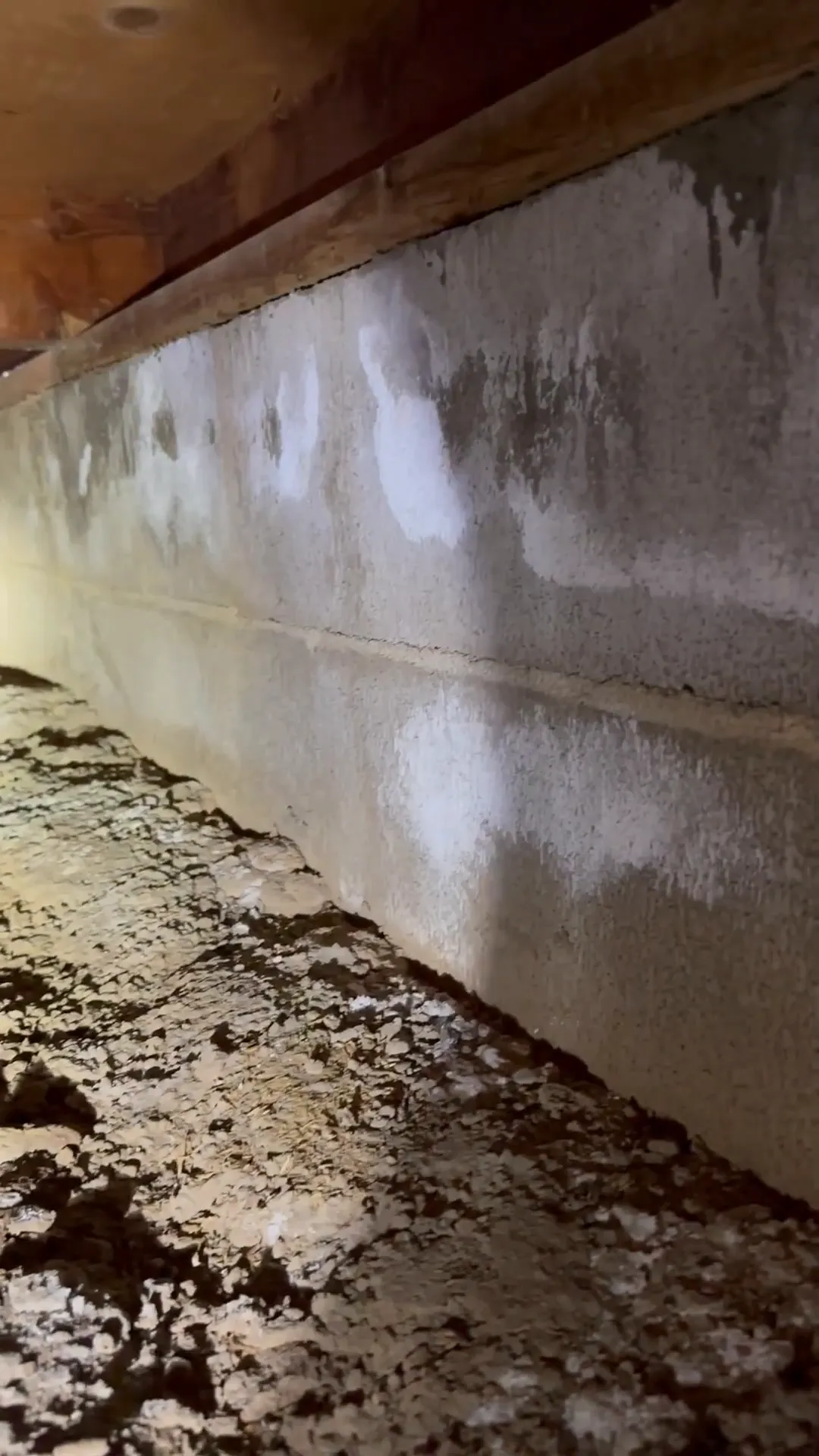
Benefits of Seismic Retrofitting
- Increased Safety: Protects residents during seismic events.
- Property Value: Homes with retrofitted foundations often have higher market value.
- Insurance Benefits: Some insurers may offer lower premiums for retrofitted homes.
💧 Moisture Issues and Their Impact
Moisture can severely impact a foundation's stability and longevity. It can lead to mold growth, wood rot, and structural damage if not managed properly.
During inspections, identifying sources of moisture is crucial. Common culprits include poor drainage systems, leaks, and condensation.
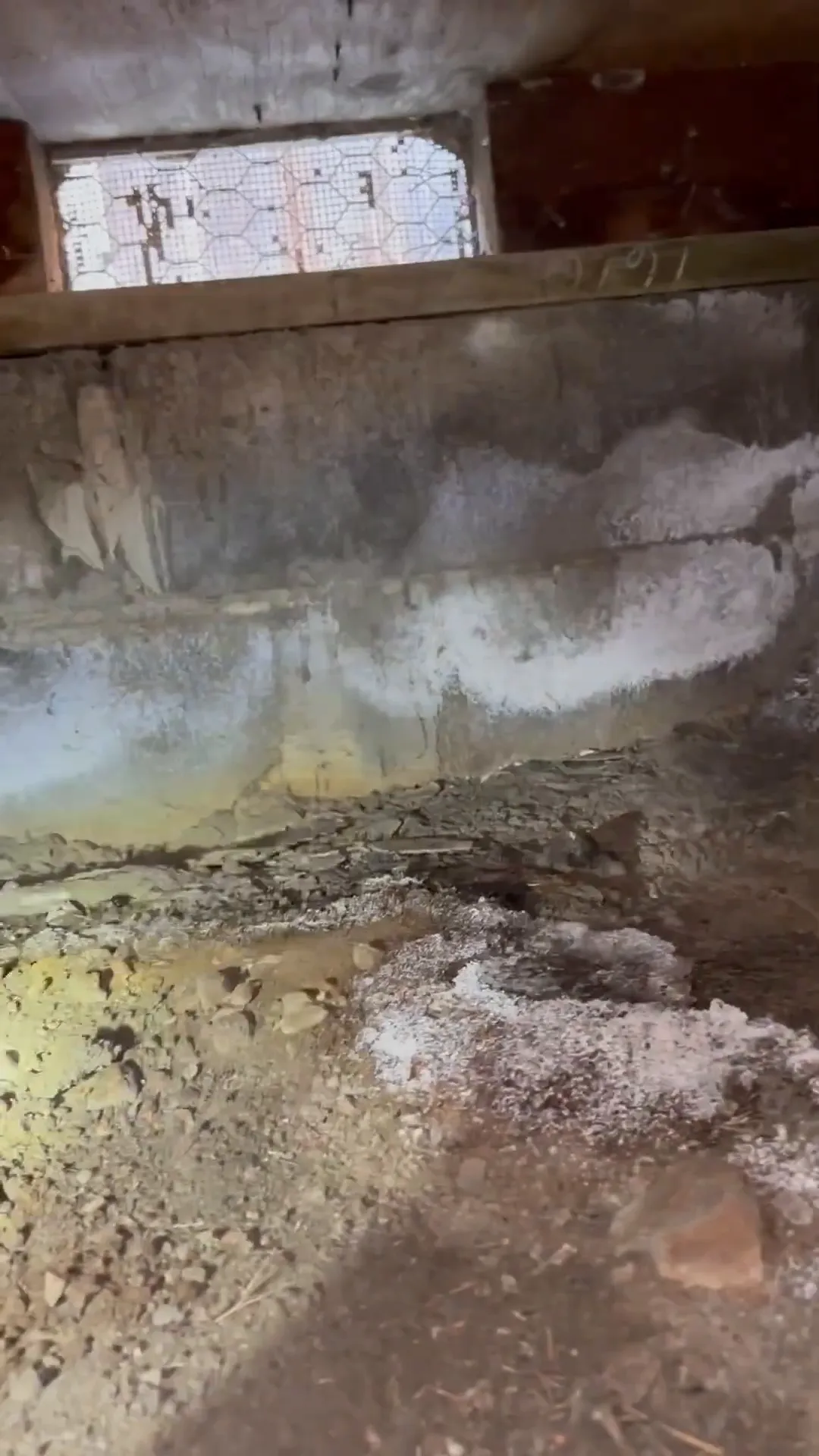
Preventing Moisture Problems
- Proper Drainage: Ensure gutters and downspouts direct water away from the foundation.
- Regular Inspections: Check for leaks and signs of moisture regularly.
- Seal Cracks: Fill any cracks in the foundation to prevent water intrusion.
🔍 General Condition of the Foundation
The overall condition of the foundation is a primary focus during inspections. A solid foundation is essential for the structural integrity of the home.
Inspectors look for signs of distress, such as cracks, uneven surfaces, and water damage. Each of these indicators can reveal underlying issues that may require attention.
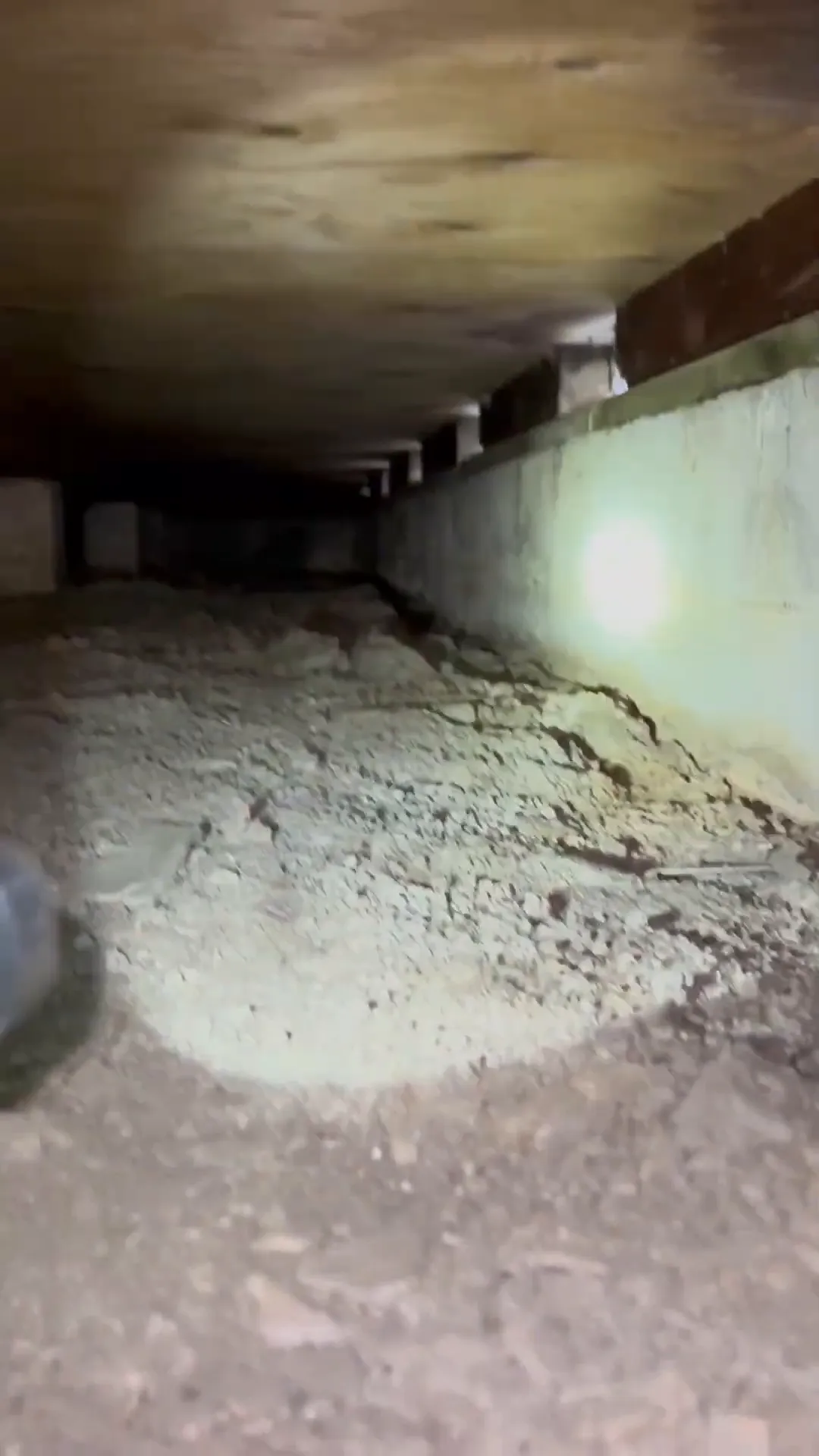
Key Indicators of Foundation Health
- Cracks: Monitor the size and direction; horizontal cracks can indicate serious issues.
- Shifting: Look for signs of movement or settling in the foundation.
- Water Damage: Inspect for stains or mold that may suggest moisture problems.
🔚 Conclusion: Maintaining a Healthy Foundation
Maintaining a healthy foundation is vital for the longevity of your home. Regular inspections and proactive maintenance can save homeowners from costly repairs.
Whether it's addressing moisture issues, reinforcing for seismic safety, or simply keeping an eye on general conditions, being vigilant pays off. A solid foundation is the backbone of a safe and secure home.
❓ FAQ: Common Questions About Foundation Inspections
What should I do if I find cracks in my foundation?
Consult a professional inspector to assess the severity of the cracks. Minor cracks may require sealing, while larger ones could indicate more serious structural issues.
How often should I have my foundation inspected?
It's advisable to have your foundation inspected at least every few years, or sooner if you notice any signs of distress or changes in your home.
Can I perform my own foundation inspection?
While homeowners can look for obvious signs like cracks and moisture, a professional inspection is recommended for a thorough assessment and accurate diagnosis.
What is the cost of a foundation inspection?
Costs can vary based on the size of the home and the complexity of the inspection, typically ranging from $300 to $800.
Categories
- All Blogs (314)
- Client Testimonials (19)
- East Palo Alto (81)
- Graeham Watts Home Tours (23)
- Home Buyer's Process (34)
- Home Tours (28)
- Houses for sale in East Palo Alto (13)
- Investing (18)
- Landlord and Tenant Info (9)
- Menlo Park (49)
- Personal (5)
- Real Estate Questions Answered (91)
- Real Estate Tips (86)
- Redwood City (85)
- San Mateo County (10)
- Seller's Process (22)
Recent Posts








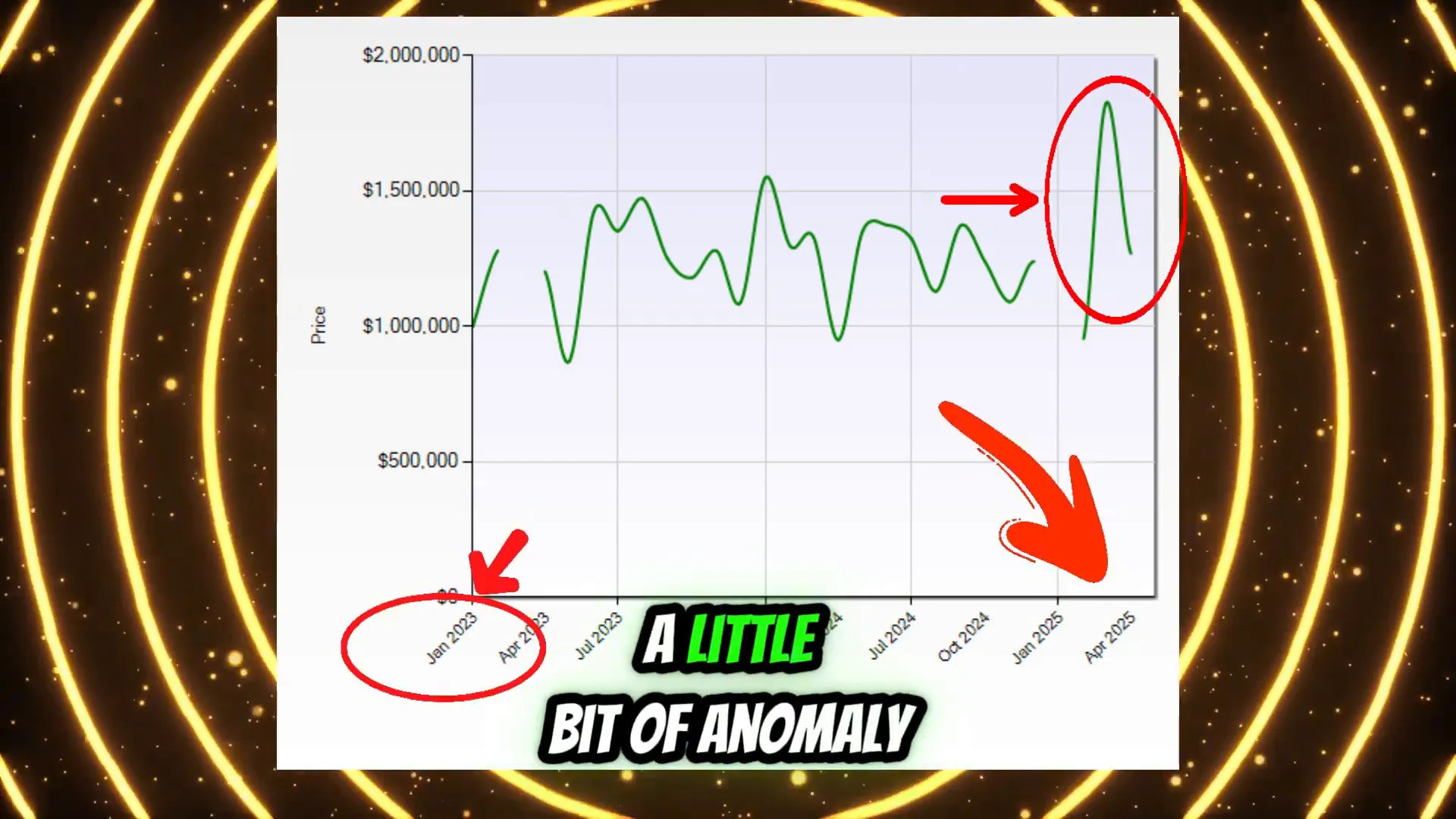

GET MORE INFORMATION

